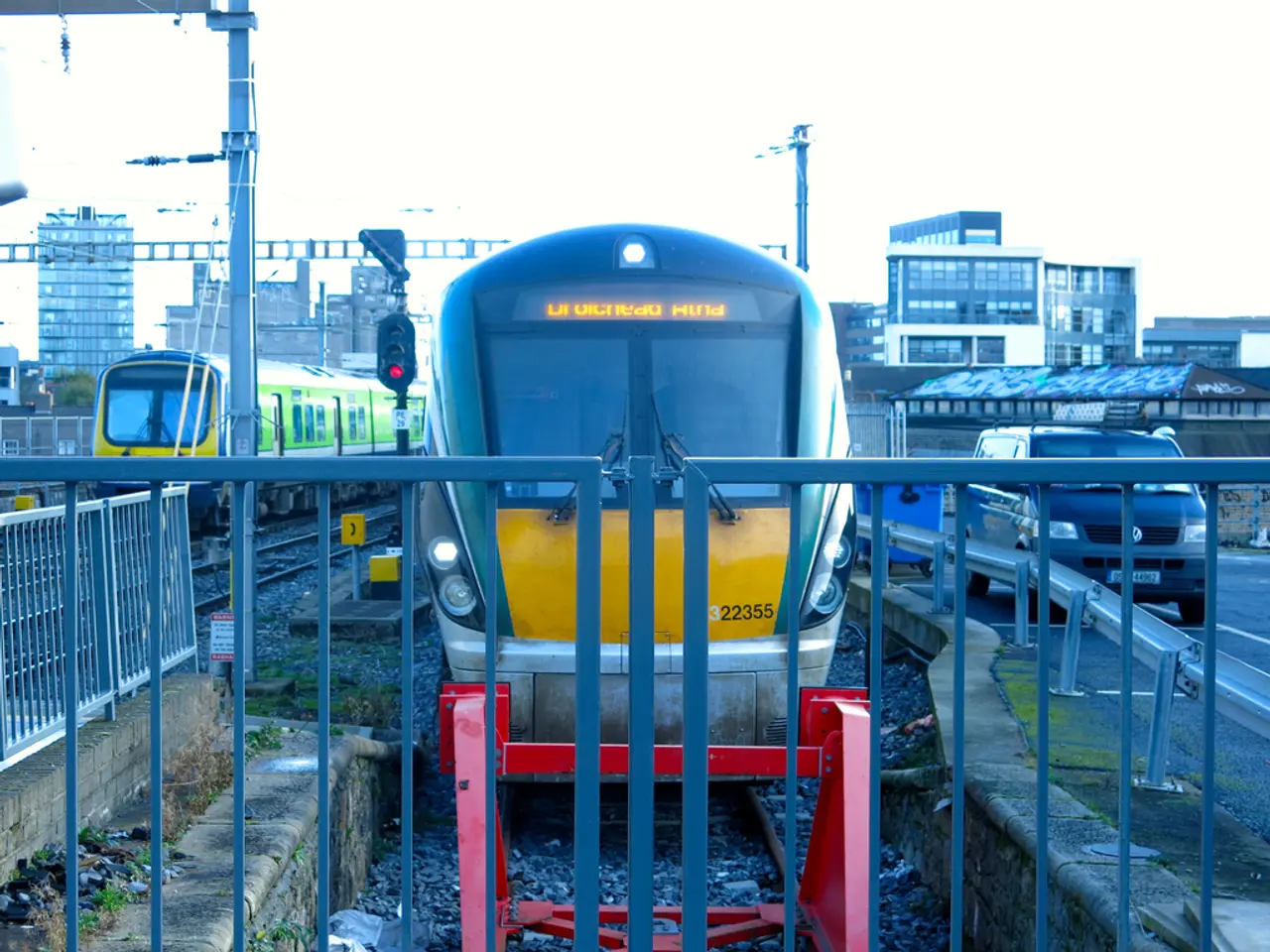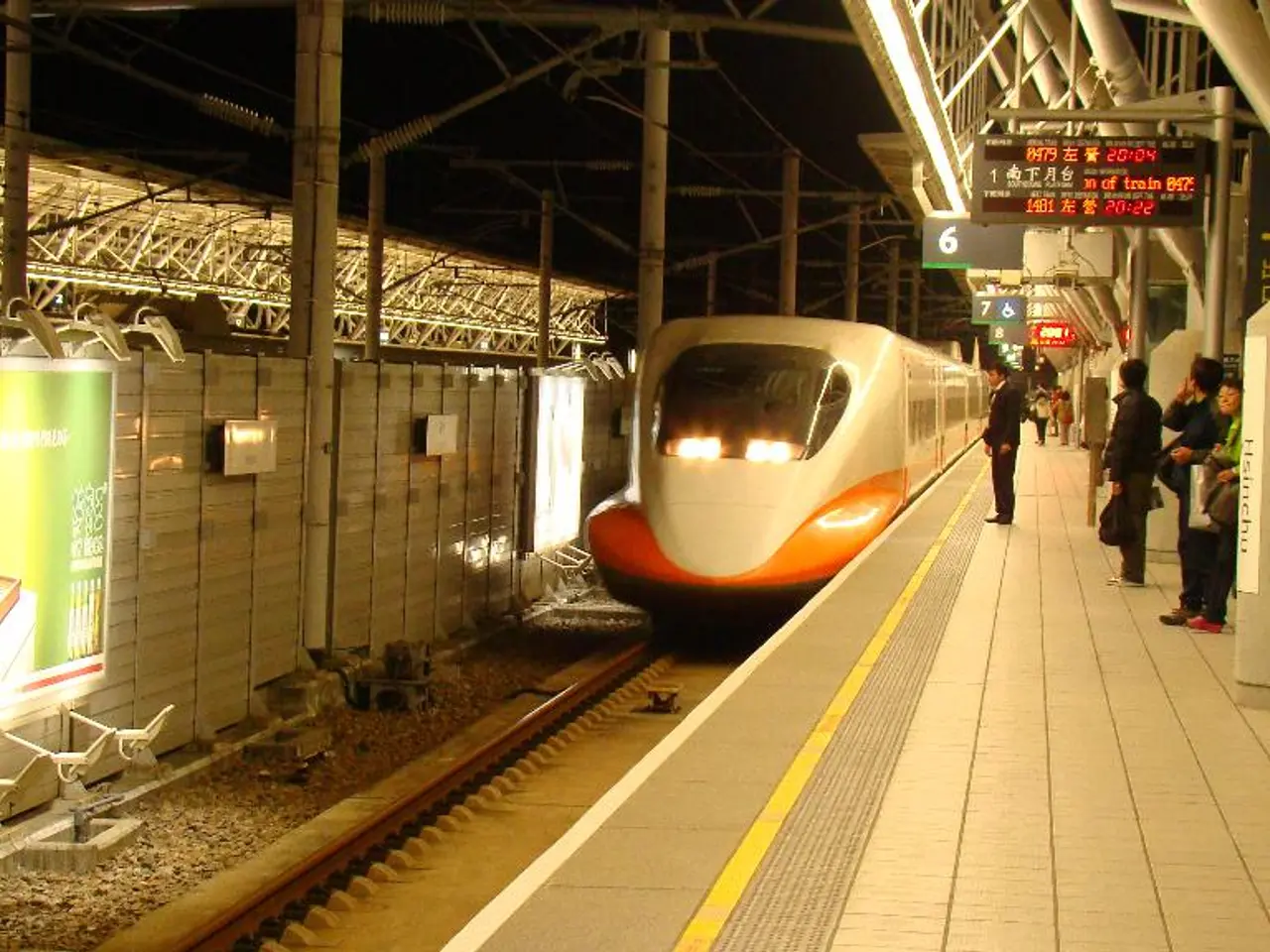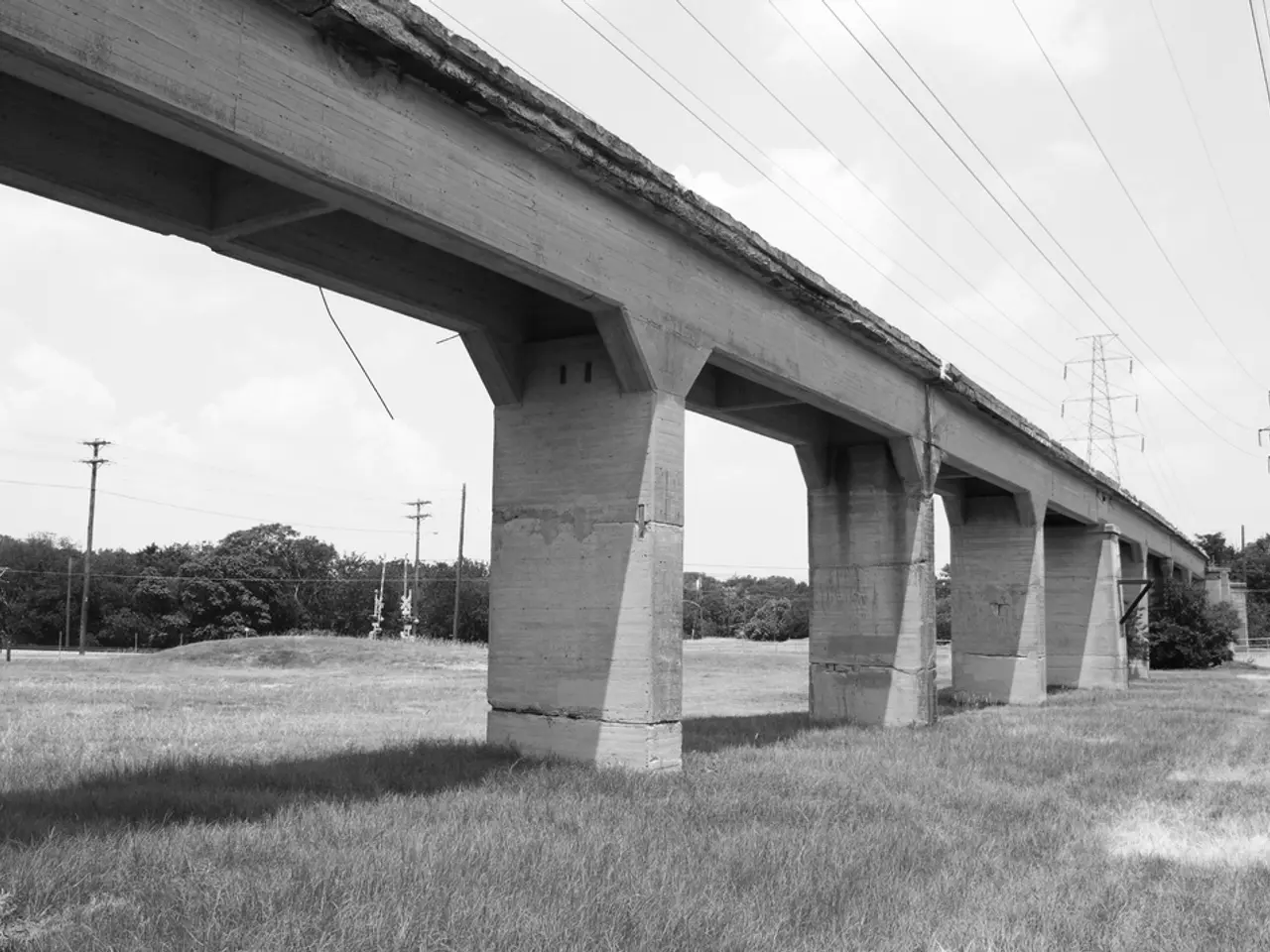railway consolidation predicted to result in poor service and high pricing, claims shipping organizations
In a move that could reshape the freight rail industry, Union Pacific and Norfolk Southern announced a proposed merger on July 29, 2021. The merger, valued at $85 billion, aims to create a transcontinental railroad with over 50,000 route-miles of track in 43 states. However, critics such as the Freight Rail Customer Alliance (FRCA) and similar commentators have raised concerns that the merger could potentially increase shipping costs without improving service.
According to the FRCA, past large railroad mergers have led to "chaos" and service meltdowns that harmed shippers, requiring regulatory intervention. The promise of faster transit and more efficient routing is contradicted by the reality of operational difficulties post-merger. The concentration of the rail system into fewer large players tends to disadvantage freight customers through higher costs and less reliable service.
The FRCA's concerns are shared by other shippers and labor organizations. They cite historical evidence and industry dynamics that pose risks to cost and service quality. About half of the 1.5 billion tons of freight shipped annually on U.S. rail are bulk commodities, and these shippers are particularly vulnerable to increased costs and reduced service quality.
The merger could create a duopoly that could exert significant leverage over customers, resulting in less competitive pricing and worsened service quality. The Surface Transportation Board (STB), which will likely review the merger, will need to consider these opposing views on service and cost impacts.
The FRCA looks forward to participating in the review and comment period once a formal merger application has been filed. The merger is not the only potential consolidation in the rail industry, as there are talks about CSX merger options as well.
The creation of a transcontinental railroad may open new markets for top US container ports. However, the concerns about avoiding integration problems and service meltdowns of past mergers remain. The concerns include the length of time it would take for improvements to be successfully implemented in a transcontinental merger.
The growth in railroad market power has included forcing shippers into contracts that lack protection from poor service and increased fees. Shippers, particularly captive shippers, require guaranteed competitive solutions that are workable, effective, and enforced by the Surface Transportation Board (STB).
The adjudicatory authority of the Surface Transportation Board covers published tariff rates and not confidential contracts between railroads and shippers. This could potentially limit the board's ability to address concerns about increased costs and reduced service quality.
In summary, evidence and expert opinion presented by groups like the FRCA support that the merger could lead to higher shipping costs without improving service, consistent with rail industry merger patterns and customer concerns. The potential impacts on the rail industry or freight shipping remain to be seen, and the review process by the Surface Transportation Board will be crucial in determining the future of this proposed merger.
- The concerns raised by the Freight Rail Customer Alliance (FRCA) and other shippers contest that the merger's potential creation of a duopoly could result in less competitive pricing and worsened service quality in the finance and business sector of freight shipping.
- In the finance and business context, the growth in railroad market power could lead to forced contracts with shippers, lacking protection from poor service and increased fees, which is a significant issue that needs regulatory intervention from the Surface Transportation Board (STB).




